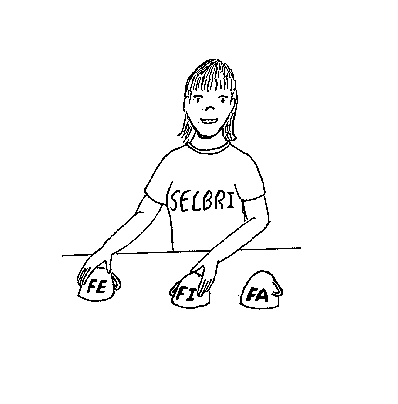The basic type of Lojban sentence is the bridi: a claim by the speaker that certain objects are related in a certain way. The objects are expressed by Lojban grammatical forms called sumti; the relationship is expressed by the Lojban grammatical form called a selbri.
The sumti are not randomly associated with the selbri, but according to a systematic pattern known as the “place structure” of the selbri. This chapter describes the various ways in which the place structure of Lojban bridi is expressed and by which it can be manipulated. The place structure of a selbri is a sequence of empty slots into which the sumti associated with that selbri are placed. The sumti are said to occupy the places of the selbri.
For our present purposes, every selbri is assumed to have a well-known place structure. If the selbri is a brivla, the place structure can be looked up in a dictionary (or, if the brivla is a lujvo not in any dictionary, inferred from the principles of lujvo construction as explained in Chapter 12); if the selbri is a tanru, the place structure is the same as that of the final component in the tanru.
The stock example of a place structure is that of the gismu klama:
klama x1 comes/goes to destination x2 from origin x3 via route x4 employing means of transport x5.
The “x1 ... x5” indicates that klama is a five-place predicate, and show the natural order (as assigned by the language engineers) of those places: agent, destination, origin, route, means.
The place structures of brivla are not absolutely stable aspects of the language. The work done so far has attempted to establish a basic place structure on which all users can, at first, agree. In the light of actual experience with the individual selbri of the language, there will inevitably be some degree of change to the brivla place structures.
